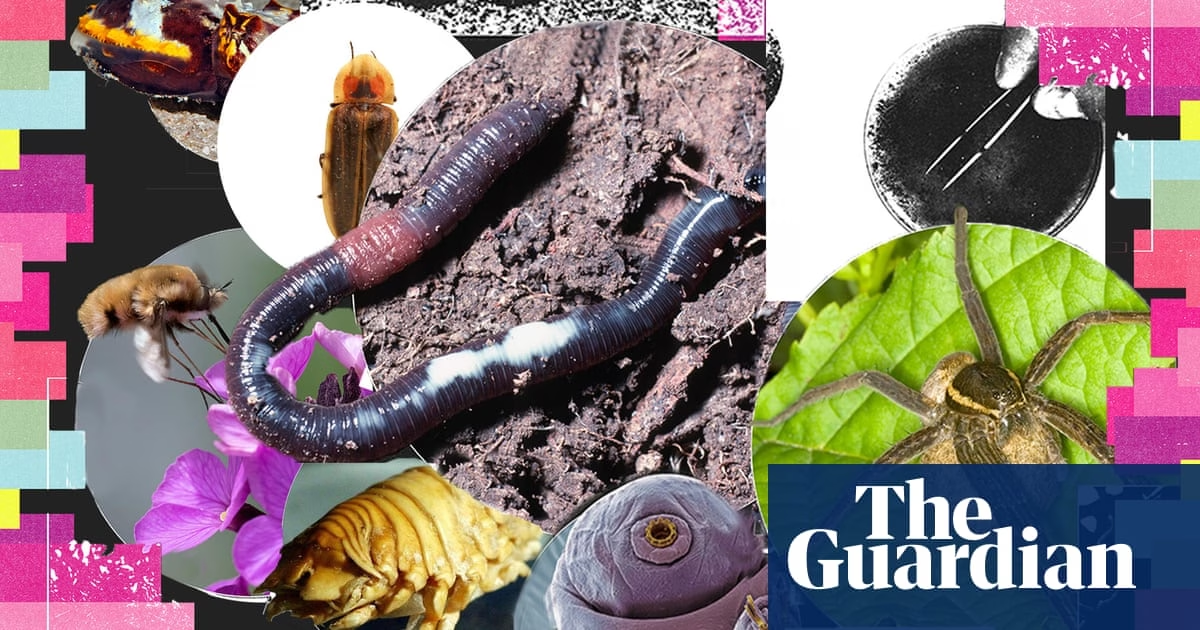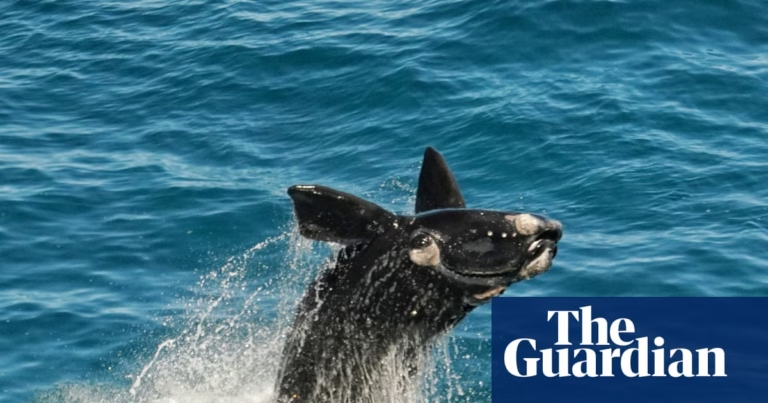The Guardian’s inbox received an email with excitement about the “invertebrate of the year” series.
Mark Blaxter, who leads the Sanger Institute’s Tree of Life program, is a big fan of this competition. His team is mapping the genome sequence of the winner, providing insights into the species’ evolutionary history and how they are impacted by the climate emergency.
Each genome offers detailed information on the unique abilities of a species, enhancing our understanding. Blaxter and his team pick species to sequence that often match the criteria for invertebrate of the year, such as having superpowers or unique characteristics.
Blaxter’s team has already sequenced many species on the shortlist for 2025, including the tardigrade, dark-edged bee fly, and common rotifer. The common rotifer, an all-female species, is an “evolutionary scandal” due to its cloning abilities.
The tardigrade, a creature the size of a speck of dust, can survive extreme conditions by drying out and rehydrating. Understanding this process could have significant implications for biotechnology, such as creating vaccines that don’t require refrigeration.
Blaxter and his team are working to create reference genomes for all species found in Britain and Ireland. This will help researchers track population sizes, understand evolutionary history, and assess biodiversity vulnerability in the face of the climate emergency.
Blaxter wants to highlight the beauty and importance of invertebrates, emphasizing their crucial role in ecosystems and what they can teach us about survival on the planet.








